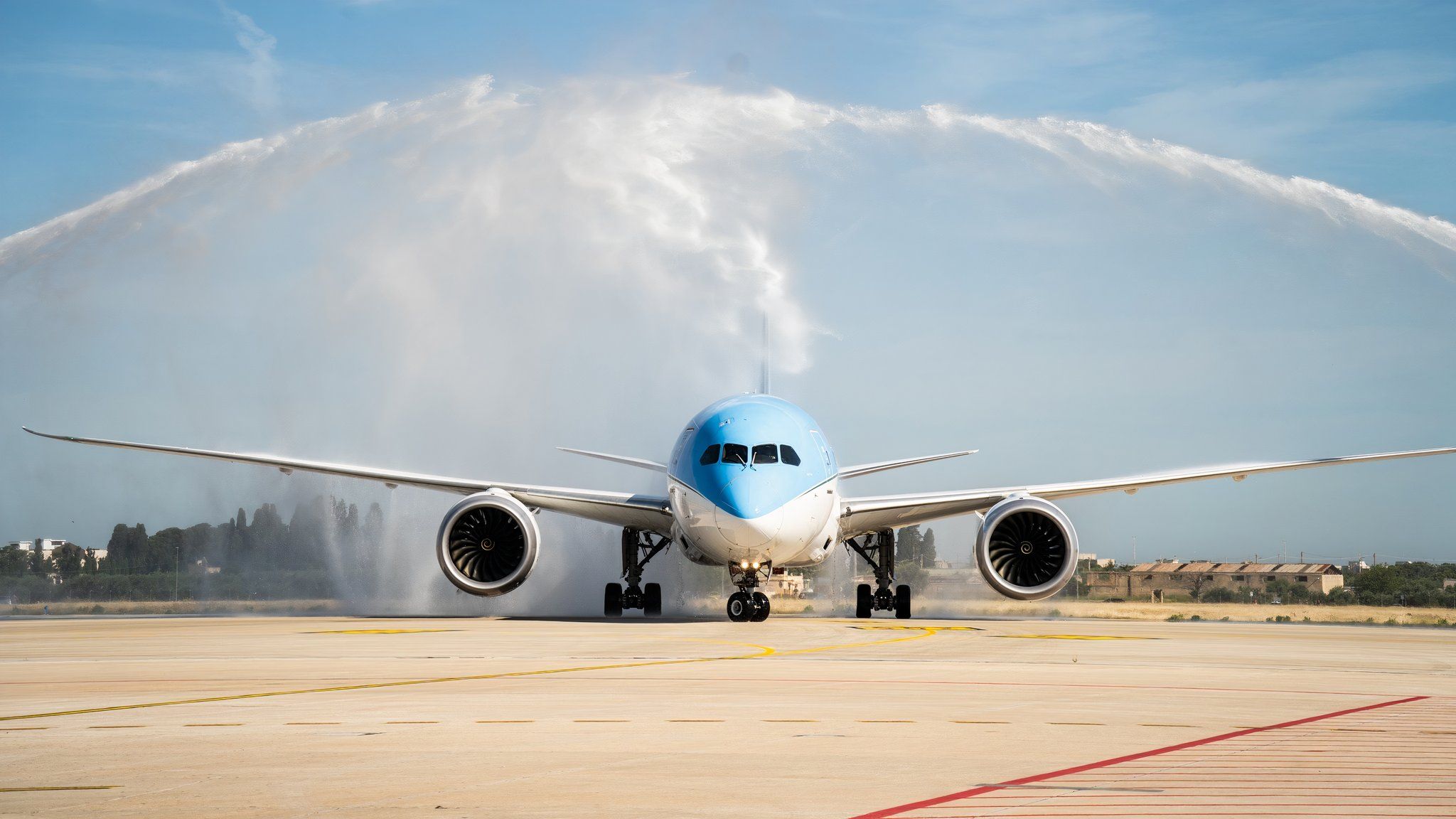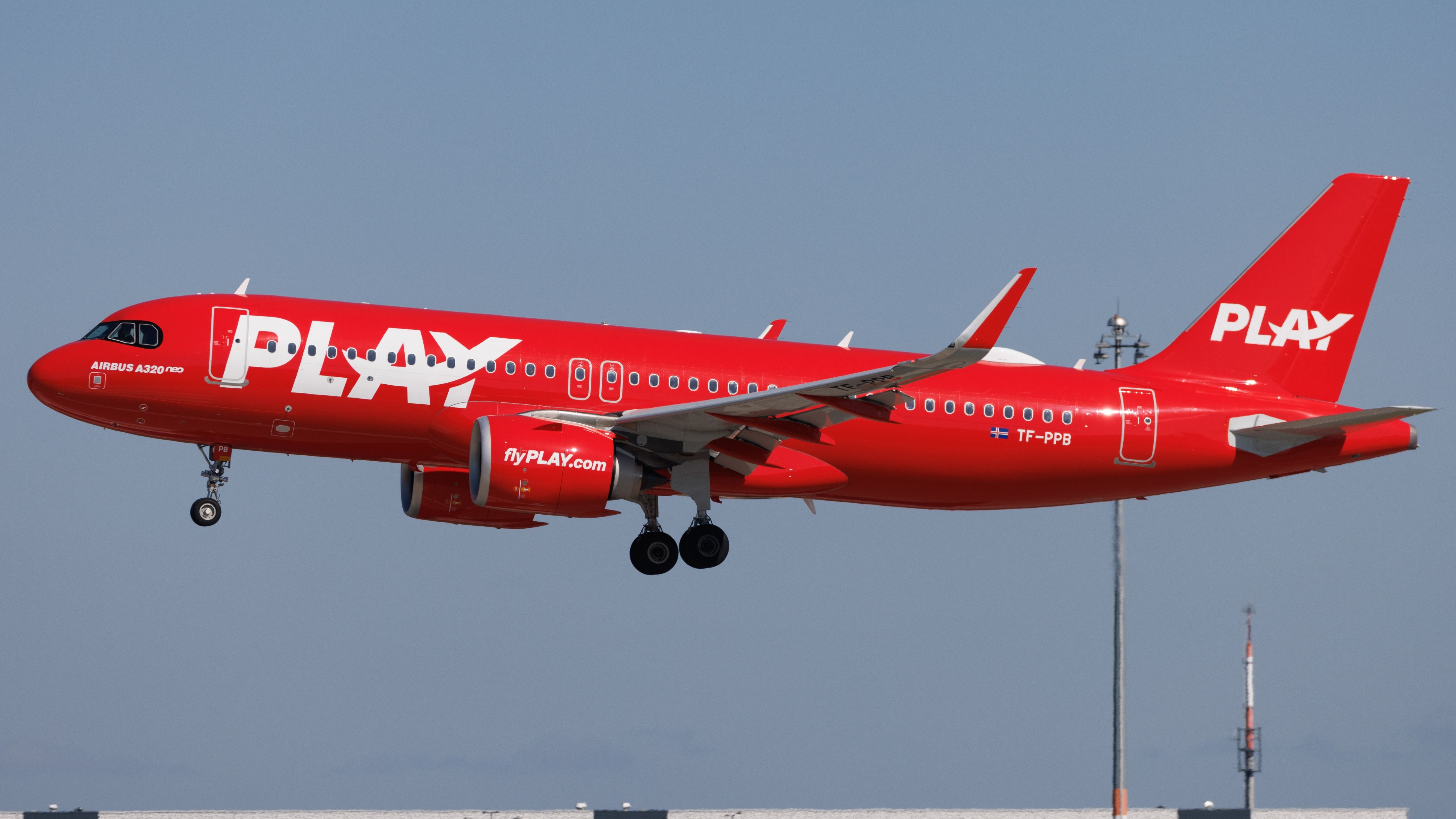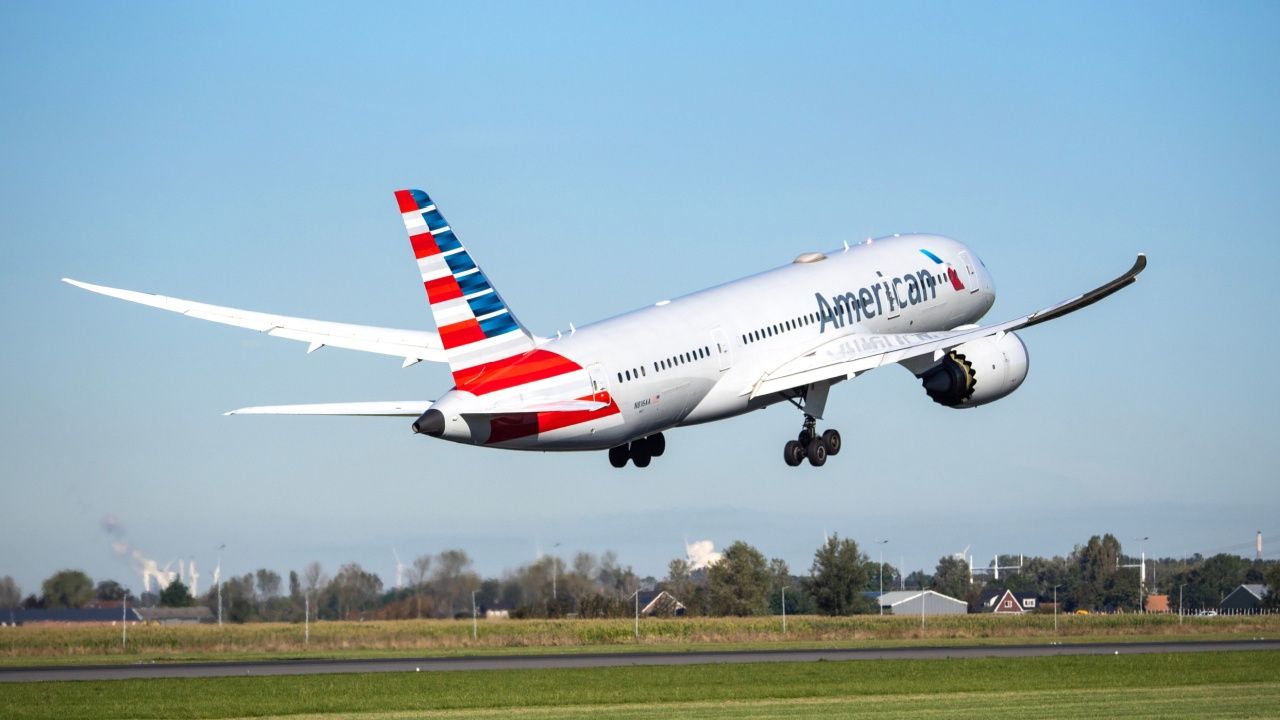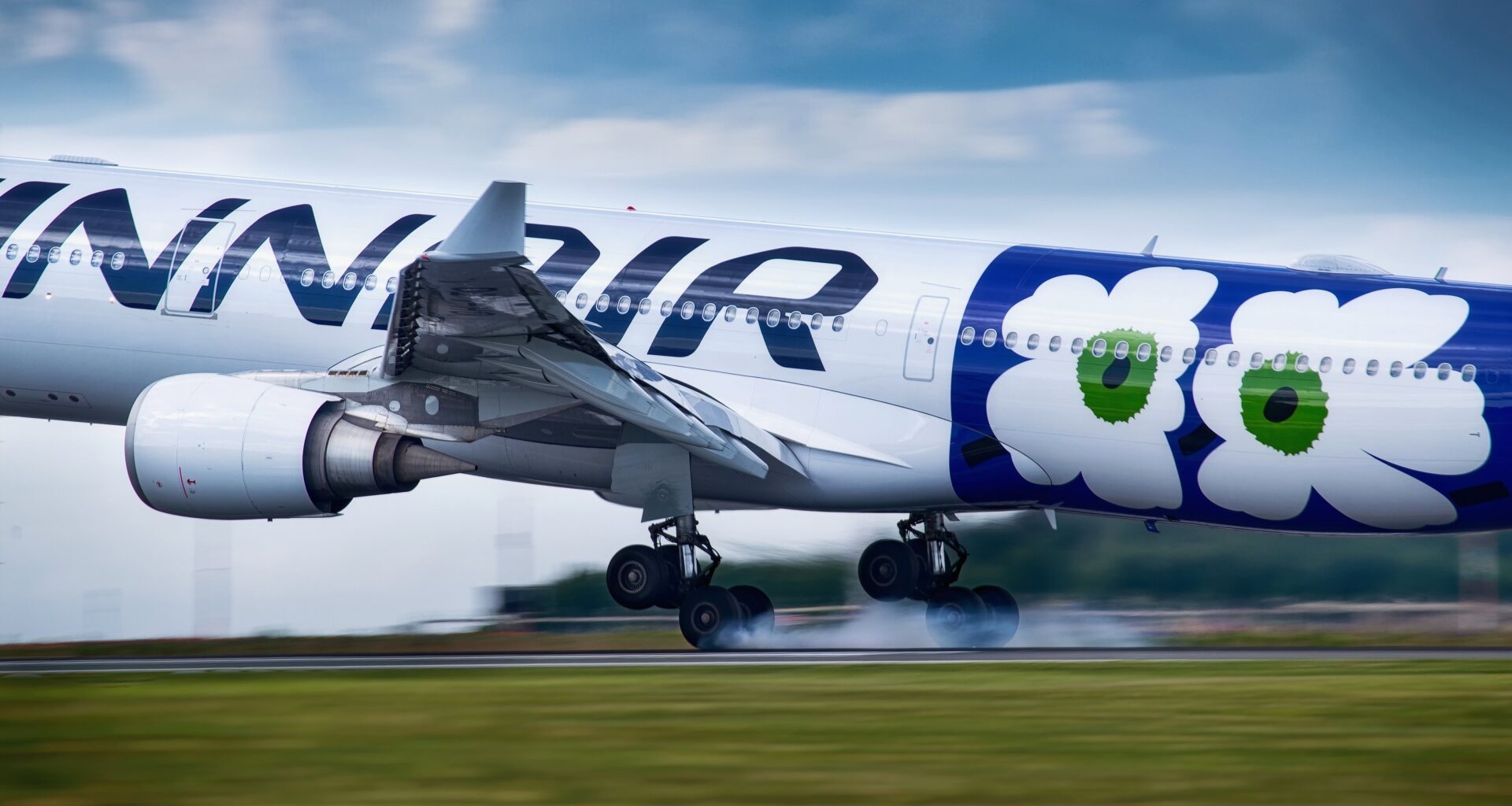Airlines have more passenger flights between the US and Europe in August than in any other month to date. Carrier submissions to Cirium Diio show an average of 620 daily departures in the peak summer month. Compared to last August, 26 daily services were added.
The growth is entirely because of incumbent operators, as there have been no new entrants. Some 39 airlines will operate, of which 23 have more flights than they did last August. ![]() American Airlines, Delta, and United have an average of 270 departures to Europe in August, equivalent to 44% of the total.
American Airlines, Delta, and United have an average of 270 departures to Europe in August, equivalent to 44% of the total.
The 5 Fastest-Growing Airlines In August 2025

Photo: Neos
Change can be measured in different ways, but most commonly on a percentage or absolute basis (the latter means the actual change in the number of services). Carriers with a smaller operation usually benefit more from looking at percentage change, as even a minor addition can look substantial from a smaller base. In comparison, larger airlines with an already big operation usually benefit more by examining the absolute change.
Despite the faults, let’s stick with percentage growth. Using this measure shows that the two joint-fastest-growing carriers are Finnair and Neos, both with 41% more US flights than in August 2024. Finnair has particularly benefited from having more flights to Chicago O’Hare, Dallas/Fort Worth, and Los Angeles. Neos’ position is mainly from introducing Bari-New York JFK.
Edelweiss ranked third (+34%), largely due to the start of its Zurich-Seattle service. IberoJet was fourth (+25%) on the back of a frequency increase on its sole route from Madrid to Orlando. KLM was fifth (+17%) from introducing Amsterdam-San Diego, replacing fellow  SkyTeam member and transatlantic JV partner Delta to Portland, and adding more departures elsewhere, especially to Las Vegas.
SkyTeam member and transatlantic JV partner Delta to Portland, and adding more departures elsewhere, especially to Las Vegas.
The 5 Carriers That Have Declined The Most

Photo: Kevin Hackert | Shutterstock
PLAY has 45% fewer US flights than it did last August. This is unsurprising: it is ending all US routes. Keflavik-Washington Dulles flights ceased last December, while the last of its Boston and Stewart services (which are among the shortest transatlantic links between Europe and the US) will end in September. The A320neo-operating carrier ceased flying to Canada in April.
![]() Singapore Airlines has 42% fewer services, as it ended Singapore-Manchester-Houston, which was the world’s longest one-stop service by block time. TUI is down by 32%, Azores Airlines by 30% (its US network has fallen from nine routes to just four), and Condor by 17%. Compared to last August, the German leisure carrier no longer flies from Frankfurt to Baltimore, Minneapolis, Phoenix, or San Antonio.
Singapore Airlines has 42% fewer services, as it ended Singapore-Manchester-Houston, which was the world’s longest one-stop service by block time. TUI is down by 32%, Azores Airlines by 30% (its US network has fallen from nine routes to just four), and Condor by 17%. Compared to last August, the German leisure carrier no longer flies from Frankfurt to Baltimore, Minneapolis, Phoenix, or San Antonio.
But What About American, Delta & United?

Photo: kamilpetran l Shutterstock
Despite the trio’s inevitably high dominance, they have expanded strongly in August. They have added nearly one in two of the market’s additional departures. But because of looking at the percentage change, they did not appear earlier in the article. American and United have added 7% more services, while Delta is up by 4%—just from huge foundations.
American has 57 European routes in August. It has introduced Charlotte-Athens, Chicago O’Hare to Madrid and Naples, Dallas/Fort Worth-Venice, Miami-Rome, and Philadelphia to Edinburgh (which returned this year, with widebody service for the first time) and Milan Malpensa. However, compared to last August, O’Hare-Venice has ended.
United has 81 routes. It now serves Denver-Rome, Newark to Bilbao, Faro, Funchal, and Palermo, and Washington Dulles to Nice and Venice. Delta has 77 European links, including various additions: Atlanta to Brussels and Naples; Boston to Barcelona and Milan; Detroit-Dublin; New York JFK-Catania; Minneapolis to Copenhagen (due to SAS joining SkyTeam) and Rome; and Tampa-Amsterdam. However, Delta no longer serves Atlanta-Stuttgart or Portland-Amsterdam (replaced by KLM).
